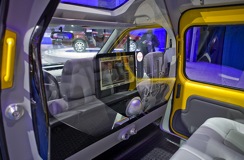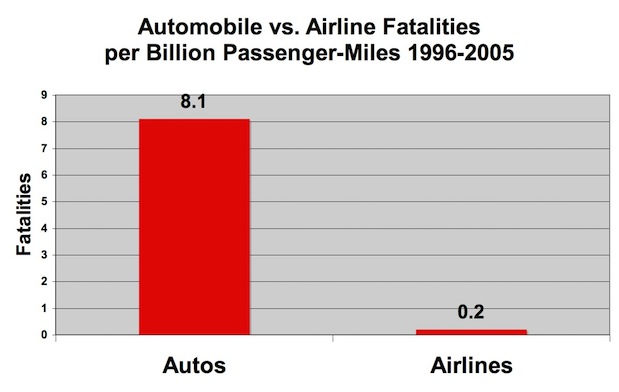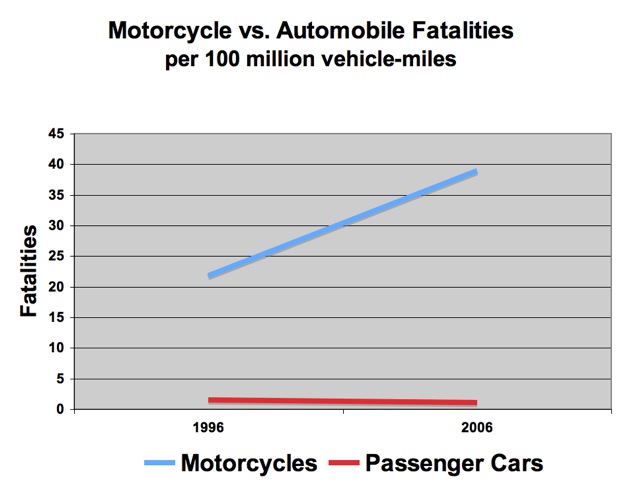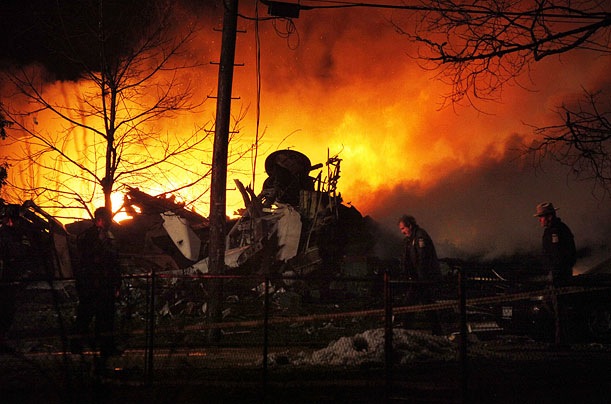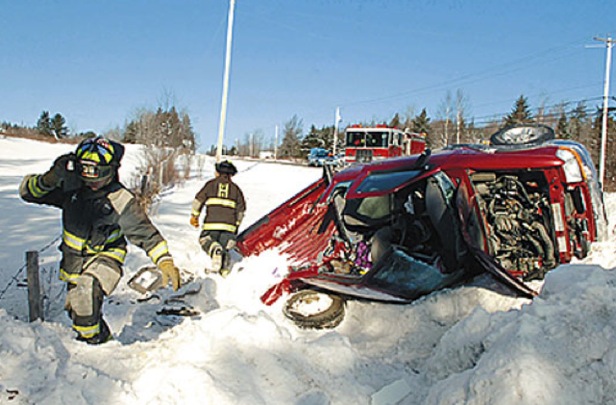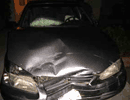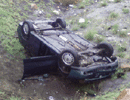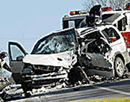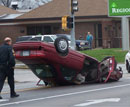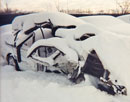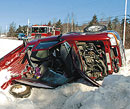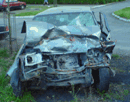Much of the discussion – and trepidation – about reforming our healthcare system has been based on the idea that to reform it, the system has to be blown up and rebuilt from scratch with an entirely new model. Advocates of a universal healthcare system actually look forward to scrapping what we have and creating a new “perfect” system. Detractors argue that we would thereby destroy a top-notch, if flawed system, and would in effect be throwing out the baby with the bathwater.
As it turns out, it appears possible to fabricate an all-inclusive healthcare systemwithout starting at zero, without attempting the politically impossible task of building a brand new model. (See Clinton, Hillary, circa 1993.) In a perceptive essay by Atul Gawande in the Jan. 26 New Yorker, the writer makes the case for building a new system on top of what we already have. Indeed, as he points out, this is way that Britain, France and now Massachusetts have reformed their health care systems. Each started with a different set of circumstances. But each ended up with a system that has come very close to providing health insurance and care to all their constituents.
“Every industrialized nation in the world except the United States has a national system that guarantees affordable health care for all its citizens. Nearly all have been popular and successful. But each has taken a drastically different form, and the reason has rarely been ideology. Rather, each country has built on its own history, however imperfect, unusual, and untidy.”
In Britain and France, the socialized health care systems came about directly from the roles the governments were forced to play in World War II and shortly thereafter, when the entire populations of their ravaged countries were already being cared for out of necessity by the central government.
Dr. Gawande describes in his essay how health care in Britain and France evolved from prewar private models to postwar public ones. He continues, as both a physician and a Massachusetts resident, to describe how the Mitt Romney-sponsored system has progressed:
“Massachusetts, where I live and work, recently became the first state to adopt a system of universal health coverage for its residents. It didn’t organize a government takeover of the state’s hospitals or insurance companies, or force people into a new system of state run clinics. It builds on what existed. On July 1, 2007, the state began offering an online choice of four private insurance plans for people without health coverage. The cost is zero for the poor; for the rest, it is limited to build more than about 8% of income. The vast majority of families, who had insurance through work, didn’t notice a thing when the program was launched. But those who had no coverage had to enroll in a plan or incur a tax penalty.
“The results have been remarkable. After a year, 97.4% of Massachusetts residents had coverage, and the remaining gap continues to close. Despite the requirement that individuals buy insurance and that employers either provide coverage or pay a tax, the program has remained fixed extremely popular.
“For years, about one in 10 of my patients – I specialize in cancer surgery – had no insurance. Even though I waived my fee, they struggled to pay for their tests, medications, and hospital stay.
“For the past year, I haven’t had a single Massachusetts patient who has had to ask how much the necessary tests will cost; not one who has told me he needed to put off his cancer operation until he found a job that provided insurance coverage. And that’s a remarkable change: a glimpse of American health care without the routine cruelty.
“It will be no Utopia. People will still face co-payments and premiums. There may still be agonizing disputes over coverage for nonstandard treatments. Whatever the system’s contours, we will still find it exasperating, even disappointing. We’re not going to get perfection. But we can have transformation – which is to say, a healthcare system that works. And there are ways to get there that start from where we are.”
Read the entire piece. It’s an important contribution to the healthcare dialog.
TWO TOUGH CHOICES IN ACADEMIA
Tulane: Following Katrina’s devastating blow to New Orleans in August 2005, Tulane University was able to resume operations by early 2006. But the extended period of campus interruption and the widespread physical damage created a huge financial problem. After analyzing the trade-offs, the board chose as one of its principal cost-savings initiatives to close the engineering school (only bioengineering was spared).
To me, an erstwhile engineer, this seemed overly harsh, for both the university and New Orleans. In a city that three and a half years later still has to be rebuilt, and in a city that must attract new industry to get above water (so to speak) economically, losing its largest and best engineering school was certainly not helpful. And Tulane was a top-notch engineering school. (One example from among its many illustrious graduates: My brother Harold, father of the geostationary communications satellite, who received his undergraduate degree there.)
Yet there was surprisingly little hue and cry in the community. Perhaps it’s because when you’ve been nearly destroyed by a hundred-year hurricane, the closing of one school within a university tends to get subsumed by the enormity of losing 80% of a city’s housing stock and two-thirds its population (now one-third).
Brandeis: Fast forward to Jan. 26, 2009, when the Brandeis board of trustees, facing budget deficits and an imploding endowment, voted to sell the 7,180 pieces of art in the university’s Rose Museum and close the museum. The collection was appraised in 2006 at about $350 million, an amount of huge import to the university – it’s about two-thirds the size of the now-shrunken endowment.
Well, all hell broke loose in the art community. Everyone was appalled – museum directors, curators, critics, reporters. You’d think the board was destroying the art, rather than using its sale to allow the university to continue academic programs with cutting back any of them, such as the visual arts curriculum, which will continue.
My guess is that without the art sales or other extraordinary revenue sources, Brandeis would have to do what Tulane did – cut into the core of its academic mission and close a school or two. So what’s more important for Brandeis, to have degree-granting schools and to retain its faculty, or to have a museum? The board decided on the former. On what basis can we say they were wrong?
Most of the criticism focused on the importance of the museum to the university; it was a necessity. I beg to differ. The museum is a nicety, a luxury, but not a necessity. Brandeis students, located in Waltham, Mass., are not without convenient – and superior -- museum resources in the neighborhood. A stone’s throw away from the campus are some pretty decent museums in the greater Boston area – Museum of Fine Arts, Institute of Contemporary Art, Fogg Art Museum, Isabella Stewart Gardner Museum, et al.
To me, the strident criticism from those who see just one side of the issue reminds me of the hunting dog vs. kennel dog comparison that Defense Secretary Charles Wilson evoked in 1957 in a different context. The hunting dog goes out in the world and does something useful, while the kennel dog just sits around, does nothing, and yelps. Well, there’s a lot of yelping in the art community, but that yelping doesn’t help solve the problem of how do one run a university and fulfill its academic mission when a force majeure has struck, the budget is hemorrhaging red ink, donors are wounded, and the endowment has collapsed.
Tulane, with no pricey works of art to sell, had few options other than to close one of its prized academic programs. Brandeis has the luxury, if you will, of another option, one it has said it will exercise it in order to keep its academic programs extant. I cannot fault them.
(Old-fashioned) STOCKS TO THE RESCUE
Shortly after Donna and I returned from Pyongyang a year ago, we learned through news reports of how the extraordinarily repressive government there punishes offenders of the state. In March 2008, a group of 15 North Korean citizens, mostly women, were publicly executed by firing squad in a town center near the Yalu River. Their crime? Attempting to leave the country, or abetting others who tried.
This draconian punishment hasn’t ended the flow of defectors from this Stalinist state, but it has undoubtedly reduced the number significantly.
I bring this up because over the past year of the world economic crisis, I’ve been searching for an appropriate punishment for the perpetrators of the crisis. Yes, there were perpetrators. The crisis didn’t happen in a vacuum; it was not a product of spontaneous combustion. People did things, and stuff happened.
Who are the perps? Everyone has his favorite list of who the bad guys are. Many of the lists overlap names. But it’s not that important that the list be precisely accurate or complete. We just need a highly publicized public punishment of someone. By so doing, it will have a really chilling effect on any future excesses or wrong-doing by charlatans, opportunists, legislators, business executives, legislators, regulators, et al.
OK, so how do we punish them? At first I thought, Aha! Emulate Kim Jong Il. Set up a firing squad on Wall St. Or in D.C. Or in some foreclosed real estate development. Or in Reykjavik. (It’s a crisis without borders.)
But then I changed my mind. Instead of a quick execution, there should be a form of punishment at least as long and painful as the disaster they foisted upon us. As Gilbert & Sullivan’s Mikado suggested:
My object all sublime
I shall achieve in time
To let the punishment fit the crime
The punishment fit the crime.
And make each prisoner pent
Unwillingly represent
A source of innocent merriment!
Of innocent merriment.
Then I stumbled upon a piece by Paul Begala in the Huffington Post, and I have to admit, he had a terrific idea. Begala proposed that we bring back the stocks. No, not GM, Citi and AIG, but the wooden devices used hundreds of years ago for punishment and for public humiliation.
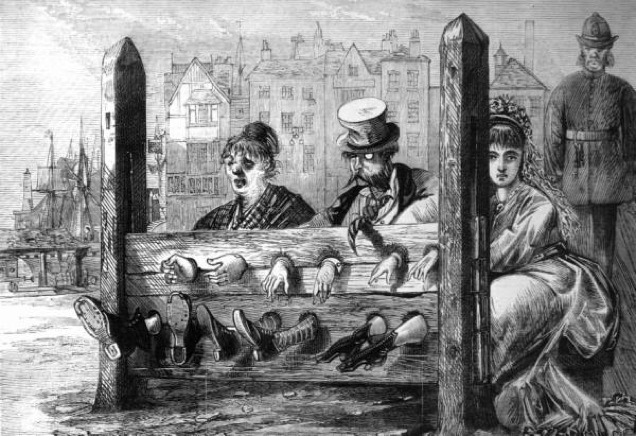
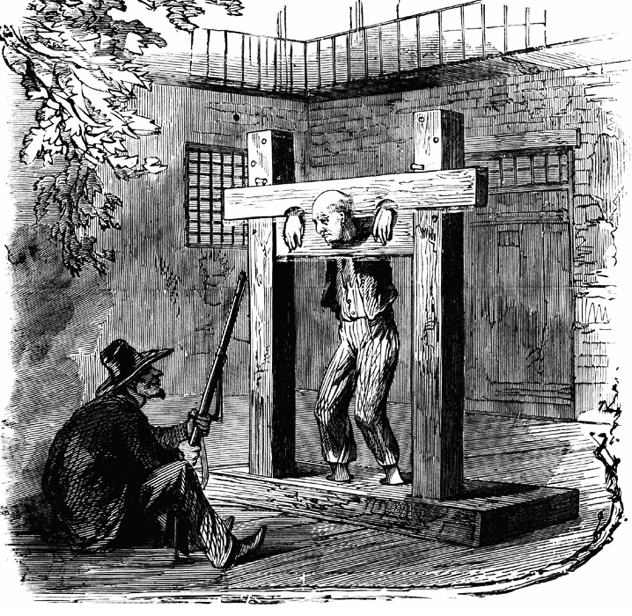
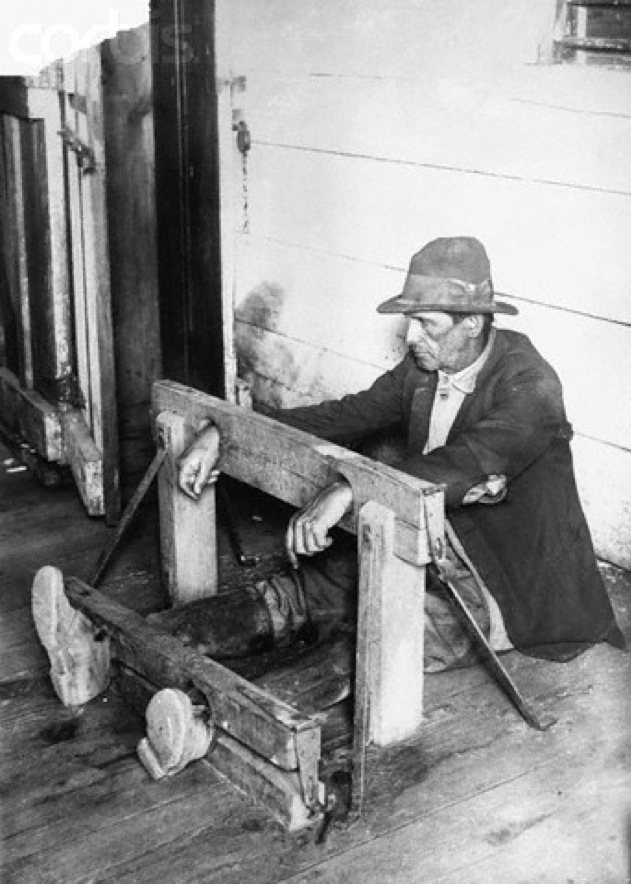
Ah, the shame of it all. Imagine seeing former Masters of the Universe, government officials, business executives, unscrupulous developers, and Ponzi-fund managers with their heads and hands immobilized in wooden stocks, for weeks, months, years? With an occasional ripe tomato or rotten egg thrown at them. Not as lethal as a bullet, and not as much fun for them as Club Fed, but oh boy, wouldn’t that have a great deterrent effect?
Stocks to the rescue! Just as in healthcare, prevention is a lot less costly than curing a disease.
